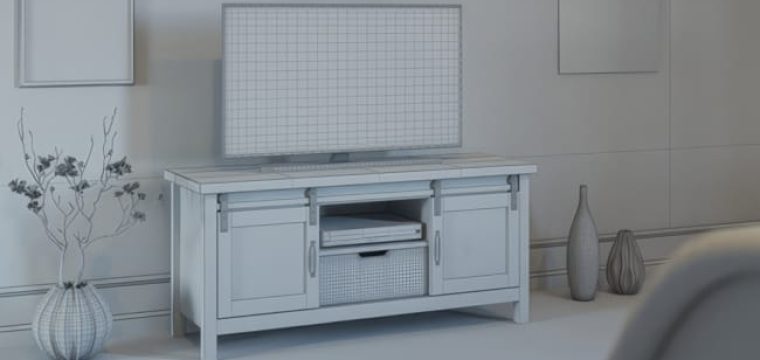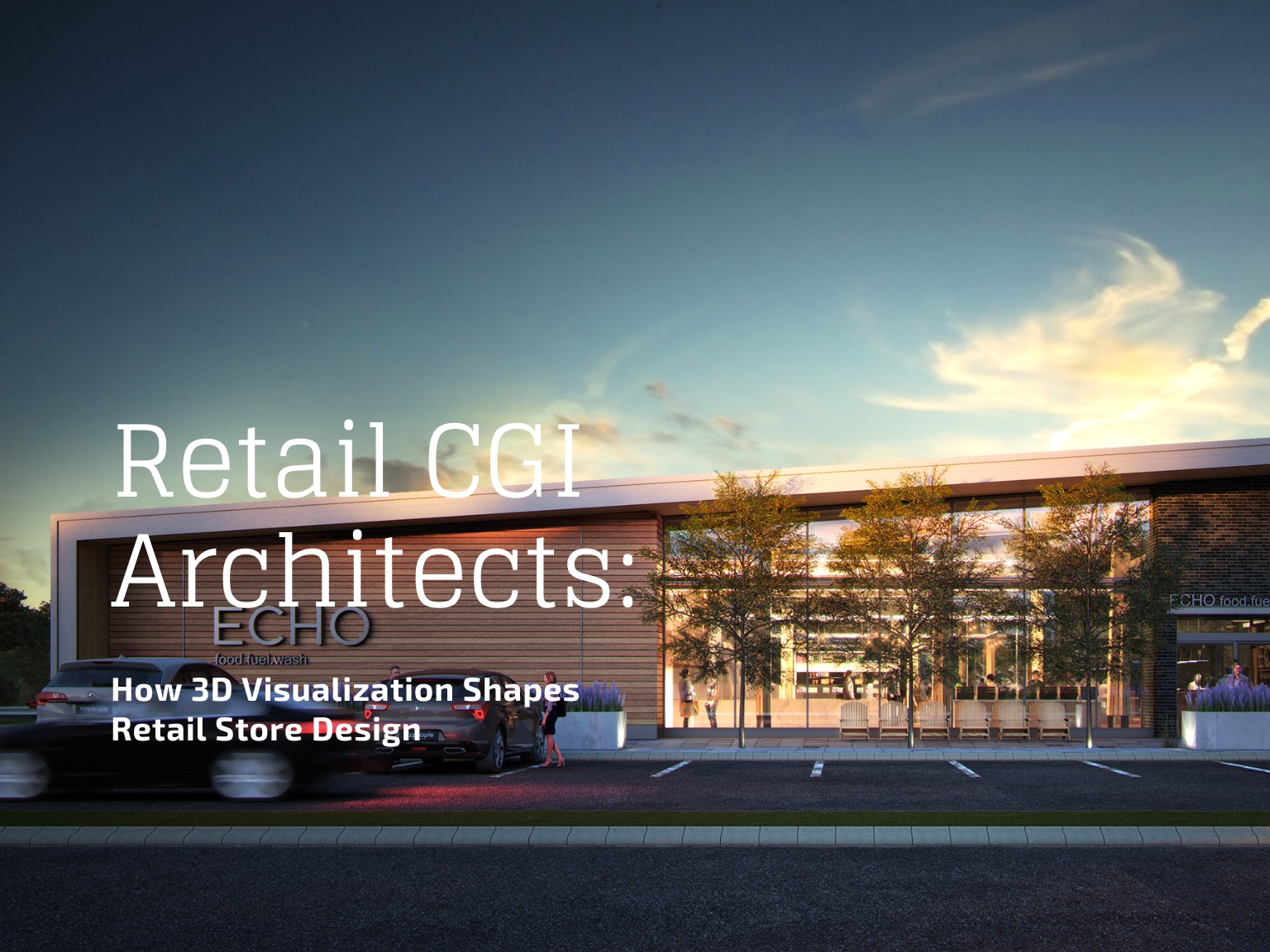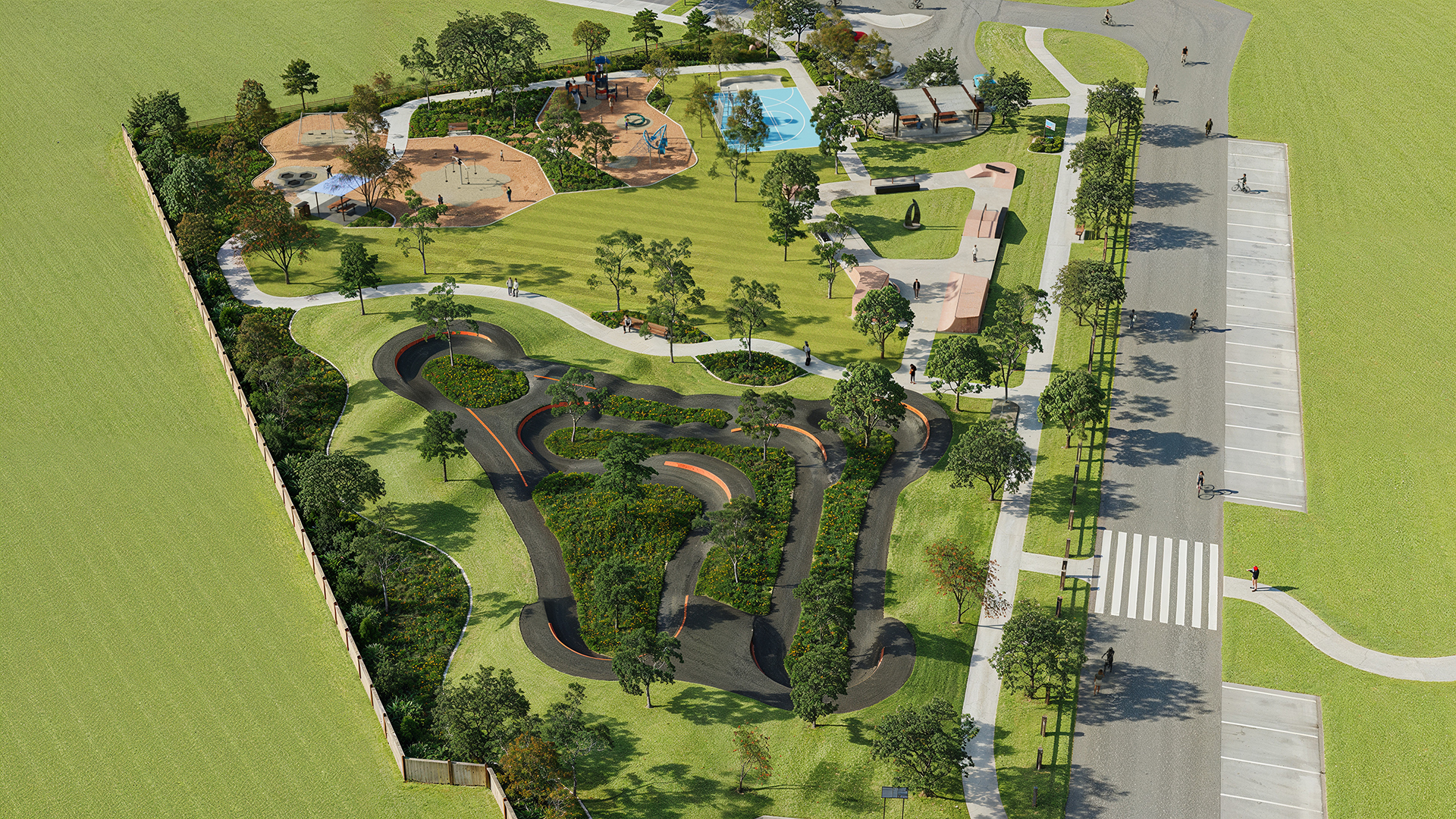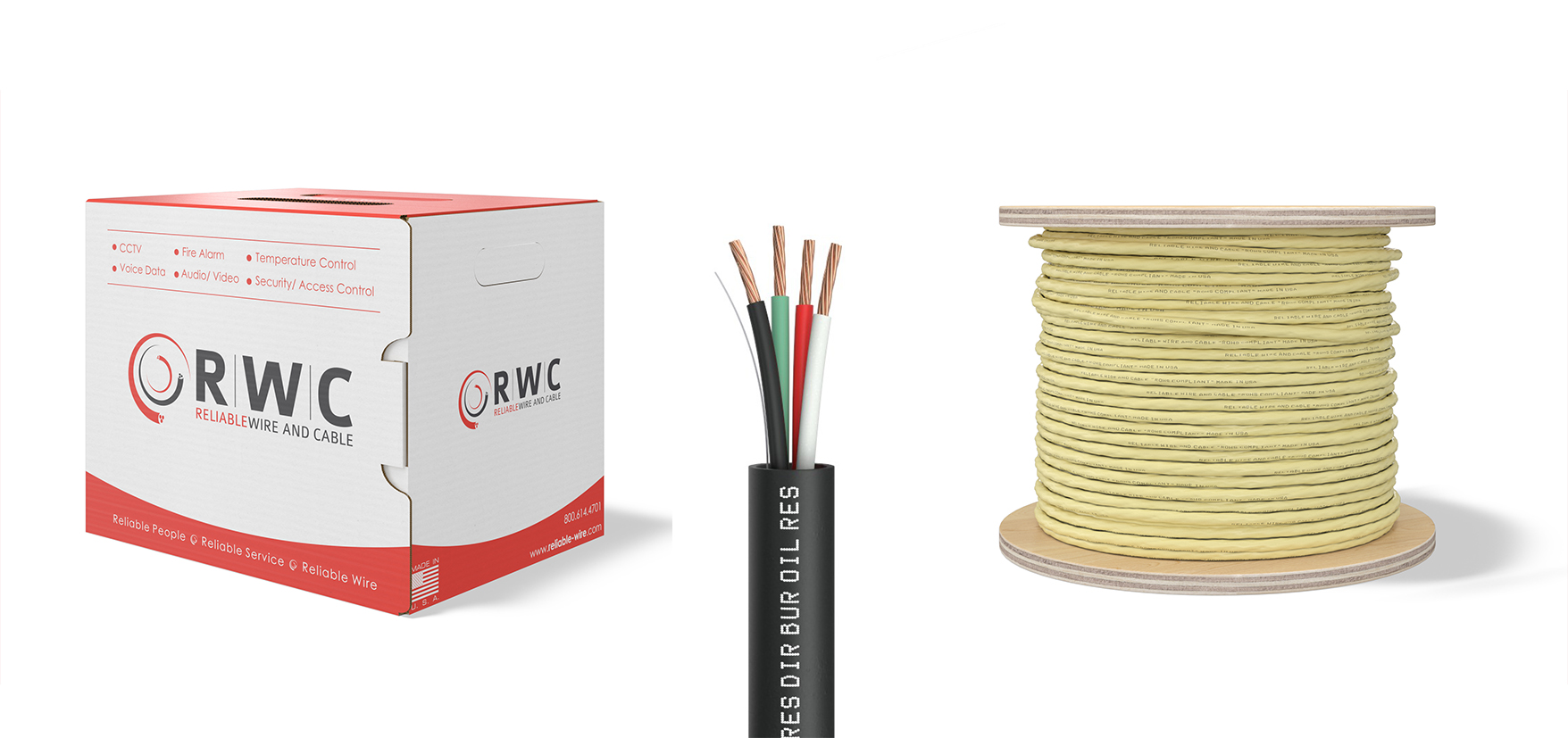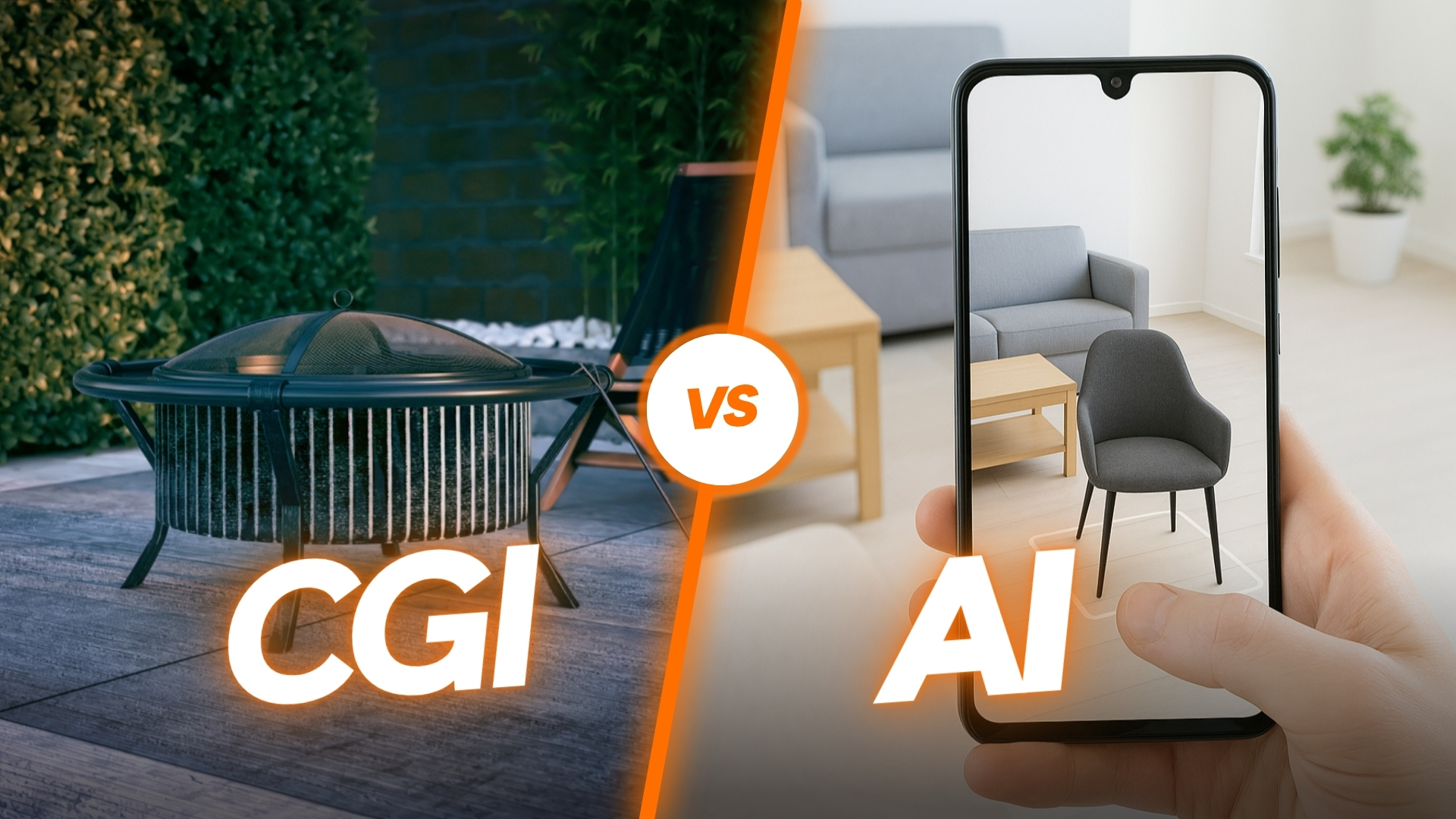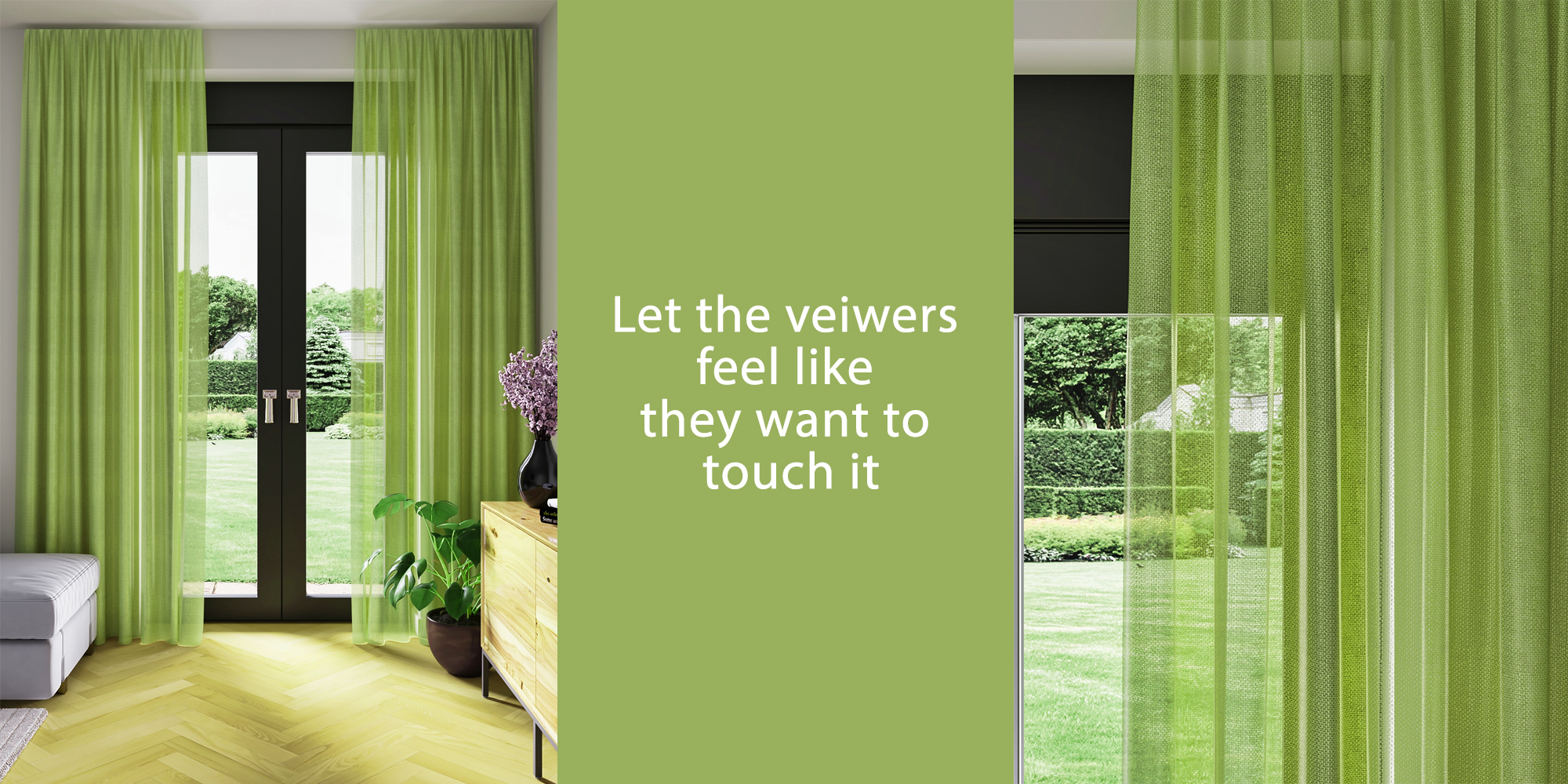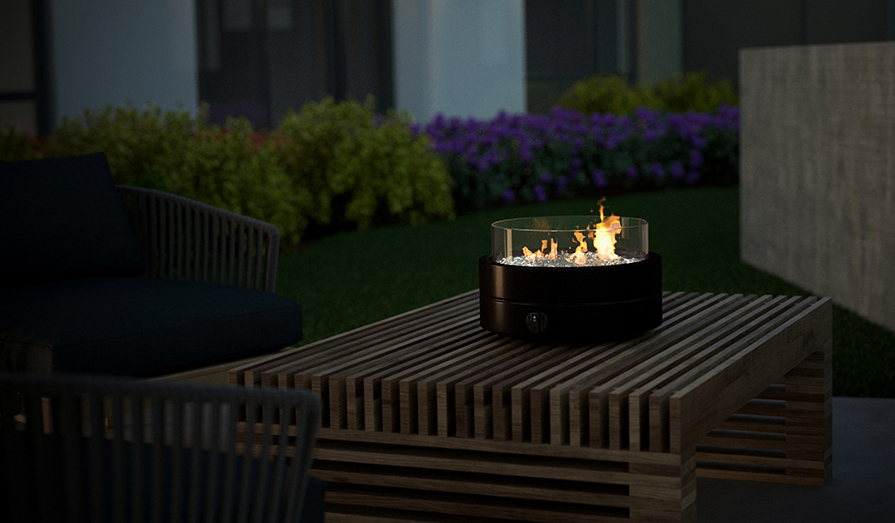You’ve got a great product idea. But turning it into something market-ready? That’s where the real challenge begins.
For many design and product development teams, the biggest frustration isn’t coming up with the idea — it’s the countless roadblocks that follow: slow prototyping, miscommunication between design and marketing, high costs for revisions, and delays in visual assets for launch.
Let’s say your design team finalizes the concept. Engineering locks in the CAD file. However, when marketing needs high-quality visuals for the campaign or website, they discover that the CAD file can’t be used as is. So now, you’re either waiting for a product sample to photograph, or rushing to create renders from scratch — often at the last minute.
This disconnect is more common than you’d think. And it’s costing teams time, money, and missed opportunities.
That’s exactly where 3D modeling for product design changes the game.
By building a high-quality, accurate 3D model early in the process, teams can collaborate in real time, visualize every detail before production, and reuse the same asset across engineering, marketing, AR, and even customer support.
In this guide, you’ll learn how 3D modeling helps modern businesses design smarter, communicate better, and go to market faster — all without wasting budget on inefficient workflows.
What Is 3D Modeling in Product Design?
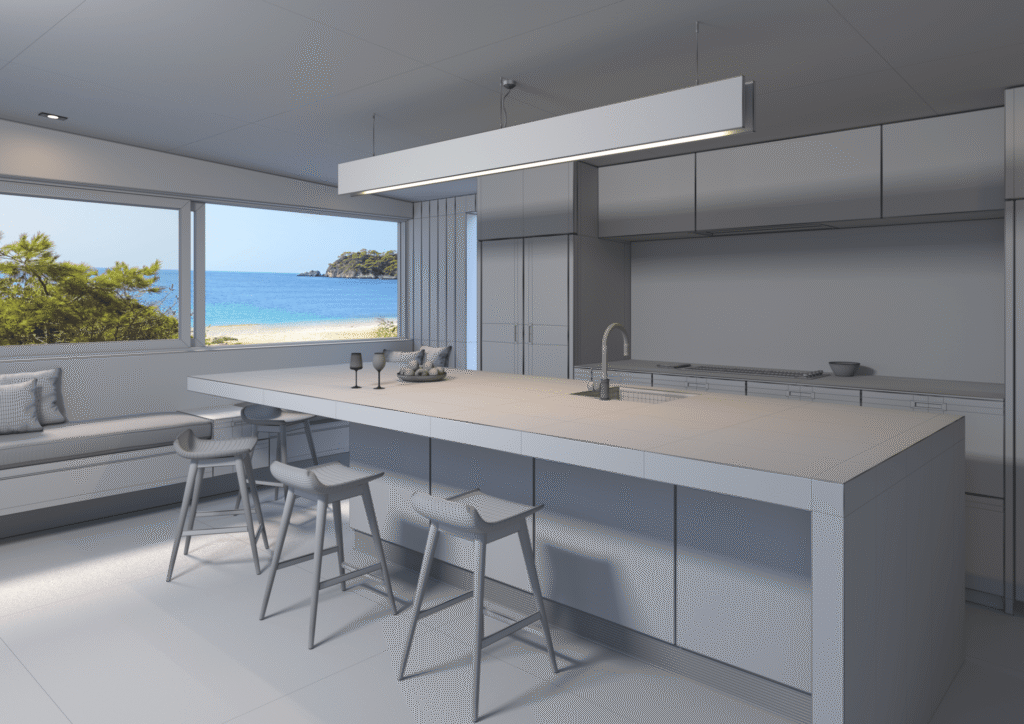
3D modeling in product design is the process of creating detailed digital representations of physical products using specialized software. These models serve multiple roles throughout the product lifecycle — from conceptualization and prototyping to marketing and e-commerce visualization.
There are two major types of modeling:
- Engineering-focused modeling (CAD): Used for design validation, technical accuracy, and manufacturing.
- Visualization-focused modeling (polygonal or mesh-based): Optimized for rendering, animation, AR/VR, and digital presentation.
A strong 3D product modeling and rendering strategy connects both ends, ensuring the digital asset works across departments and customer touchpoints.
Why 3D Modeling Is Crucial for Modern Product Design and Development
Here’s why product design and marketing teams are moving fast toward integrated 3D workflows:
1. Faster Prototyping Without the Cost
Create, test, and iterate virtually before building anything physical. This drastically cuts down on prototyping time and tooling costs.
2. Improved Internal Collaboration
Designers, engineers, and marketers can review, comment, and align on the same visual, reducing back-and-forth and eliminating miscommunication.
3. Marketing-Ready Visuals from Day One
From high-end renders to 360° viewers, your team can launch campaigns before the product is even manufactured.
5. Better Client Experience
Easily change colors, finishes, or configurations across your product line without rebuilding physical samples or shooting new photos.
5. Better Client Experience
In online environments, interactive images, AR positioning, and virtual try-ons increase confidence and conversion.
Proper 3D modeling speeds up product development, improves marketing, and boosts consumer happiness.
Top Use Cases of 3D Modeling in Product Design Workflows
3D modeling adds value across teams, whether introducing a new product or renewing an old line:
Virtual prototyping: Digitally model your product’s design, structure, and movement. Before physical iterations, fix design faults.
Rendering Photoreal: Create realistic graphics for packaging, websites, advertisements, and catalogs with 3D product modeling and rendering. Time is saved, and visuals are consistent across platforms.
Augmented Reality (AR): AR lets customers see the product in their environment, whether it’s a sofa in their living room or a gadget on their desk. AR-ready models drive purchase confidence.
e-Commerce Optimization: Interactive 3D models and 360° viewers increase engagement and reduce returns. These assets load faster and perform better than large video files or static images.
Product Customization Tools
Enable buyers to configure materials, finishes, or sizes on the fly. Your 3D model can support real-time changes in a user-friendly interface.
Manufacturing Alignment
Well-built 3D models reduce errors during production and help create accurate technical documentation, exploded views, and instructional animations.
Common Roadblocks in 3D Modeling (and How to Avoid Them)
Misconception: “CAD Files Are Enough”
CAD files are essential for manufacturing, but they aren’t optimized for rendering. You’ll need to convert and clean them for any customer-facing use.
Issue: Marketing Gets Left Behind
When design teams don’t plan for visuals early on, marketing ends up waiting on prototypes or scrambling for assets. Solving this means creating render-ready models upfront.
Myth: 3D Modeling Is Only for Big Brands
Thanks to accessible software and outsourcing options, even small businesses and startups can use 3D modeling for product design to compete at scale.
Mistake: Not Thinking Long-Term
If your 3D assets are built just for one use case, you’ll have to recreate them for future needs. Plan models that work across render, animation, and AR pipelines.
Popular 3D Modeling Tools for Product Design
Each tool serves a unique purpose. The best choice depends on your workflow, goals, and team skills.
| Software | Best For | Why It Stands Out |
|---|---|---|
| SolidWorks | Mechanical/CAD modeling | Engineering precision, parametric control |
| Autodesk Fusion 360 | All-in-one modeling and simulation | Cloud-based, easy handoff across teams |
| Rhino | Freeform shapes and surface modeling | Great for industrial design and prototyping |
| Blender | Visualization and animation | Open-source, powerful rendering capabilities |
| KeyShot | Photorealistic rendering | Fast, intuitive, no steep learning curve |
| Tinkercad | Education and beginners | Simple browser-based modeling |
Many companies use a mix of CAD software for engineering and visualization tools like Blender or KeyShot for marketing outputs.
Who Benefits the Most from 3D Product Modeling?
Furniture & Home Goods Brands
Create a single model and generate all variations. Support AR visualization and improve the online buying experience.
Consumer Electronics Companies
Show internal components, animate features, and launch faster with digital assets instead of waiting for physical units.
Medical Device Manufacturers
Demonstrate usability, train sales teams, and support regulatory documentation with precise 3D visuals.
Direct-to-Consumer Brands
Reduce dependence on costly photoshoots. Launch product visuals while still in pre-production.
Design & Innovation Teams
Experiment with form, ergonomics, and functionality before committing to tooling.
Future Trends in 3D Product Design and Visualization
- AI-Assisted Modeling: Speeding up base model creation and variant generation.
- Unified Pipelines: One model serves engineering, marketing, AR, and digital commerce — without rebuilds.
- Real-Time Rendering: Instant feedback while designing, cutting down revision time.
- Cloud Collaboration: Designers, marketers, and engineers working from one source of truth.
- Eco-Conscious Design: Modeling is used to simulate sustainable materials and reduce waste.
How 7CGI Can Help Design Your Product
At 7CGI, we support brands and product teams across every stage of the 3D pipeline — from detailed modeling and optimization to full 3D product rendering and AR deployment. Our scalable team, fast turnaround, and photorealistic quality have made us a trusted partner for companies across industries.
If your team needs 3D modeling for product design that’s built for speed, collaboration, and marketing impact, you can explore our 3D Product Rendering Services.
Final Thoughts
3D modeling isn’t just a design tool — it’s a growth tool. It empowers teams to iterate faster, communicate clearly, and deliver better experiences at every stage of the product journey.
If you’re building a product, improving how it’s presented, or scaling your catalog, start with the right 3D model. The time, cost, and quality wins will speak for themselves.
Ready to future-proof your design and marketing process?
Let’s build your next product in 3D.

